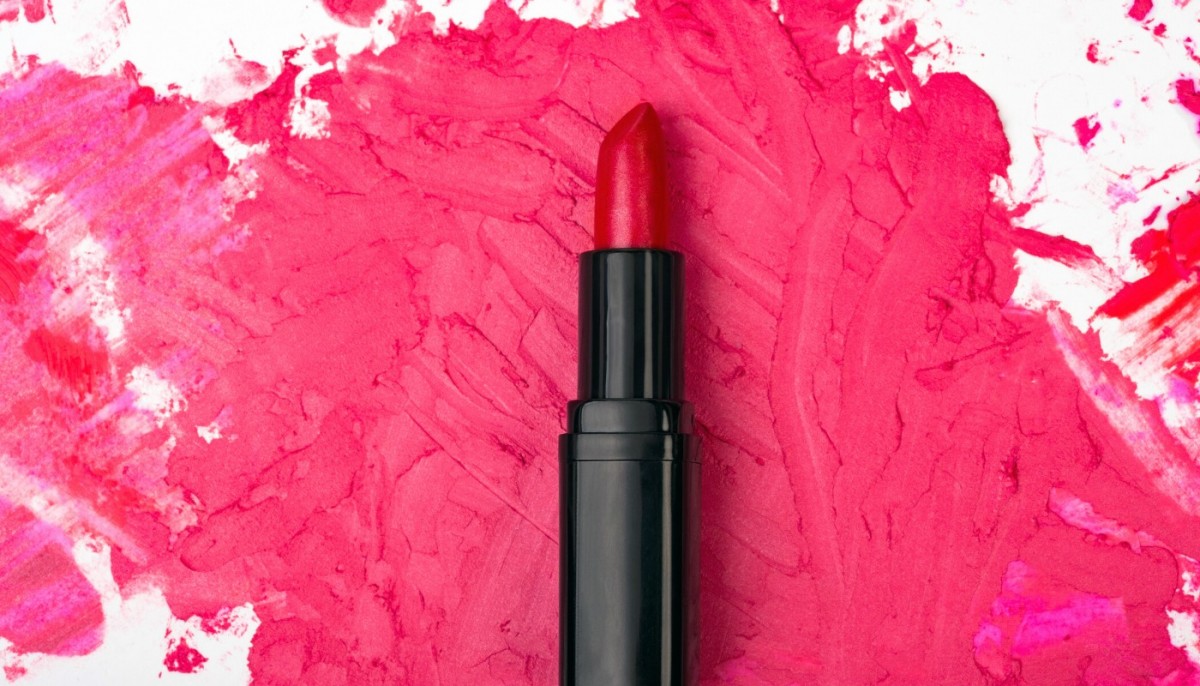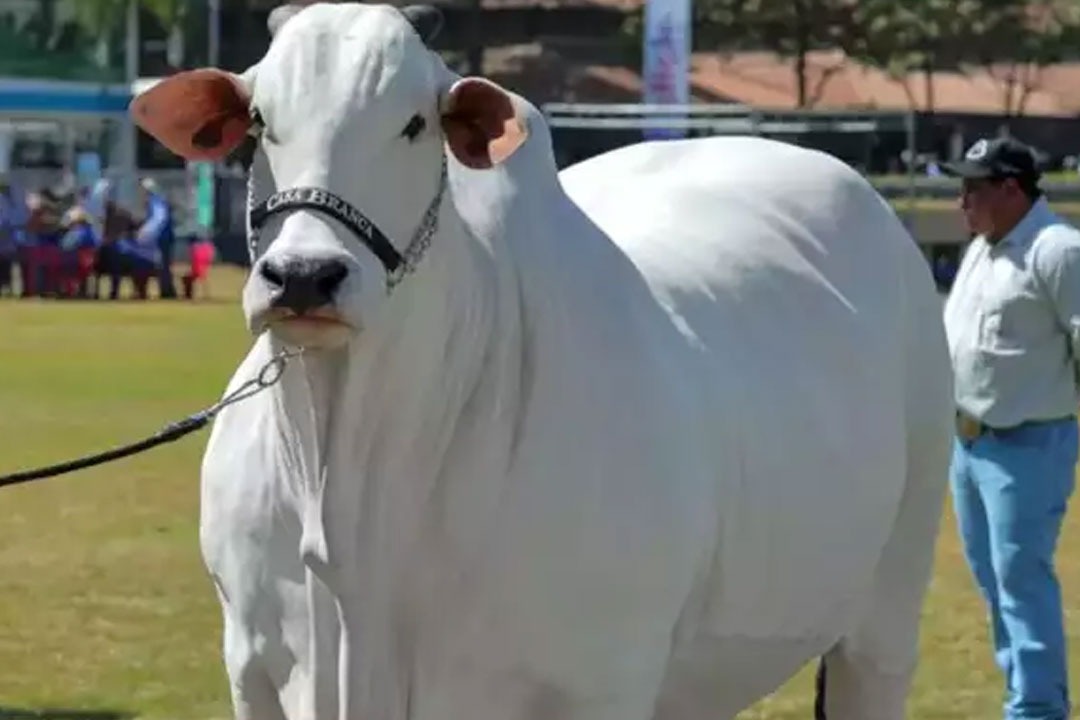Lipstick is a quintessential beauty product that adds color and vibrancy to our lips, completing our makeup look and enhancing our overall appearance. But have you ever wondered what exactly goes into the formulation of lipstick? From pigments and waxes to oils and emollients, lipsticks are crafted using a combination of ingredients that contribute to their texture, color, and longevity. Let’s delve into the fascinating world of lipstick ingredients and understand how they come together to create this beloved cosmetic product.
Pigments:
One of the key components of lipstick is pigments, which are responsible for providing color to the lips. Pigments can be derived from both natural and synthetic sources and come in a wide range of shades and finishes. Common pigments used in lipsticks include iron oxides for red and brown hues, titanium dioxide for white and pastel shades, and various dyes and lakes for vibrant colors.
Waxes:
Waxes play a crucial role in the formulation of lipstick by providing structure, texture, and adherence to the lips. Beeswax, carnauba wax, and candelilla wax are some of the most commonly used waxes in lipstick formulations. These waxes help the lipstick glide smoothly onto the lips, imparting a creamy texture and preventing smudging or feathering.
Also Read: India, S Korea to collaborate in critical tech, semiconductors: S Jaishankar
Oils and Emollients:
To ensure that lipstick feels comfortable and moisturizing on the lips, oils and emollients are added to the formulation. These ingredients help soften and hydrate the lips while enhancing the lipstick’s spreadability and shine. Common oils used in lipsticks include castor oil, jojoba oil, and avocado oil, while emollients like lanolin and shea butter provide additional hydration and nourishment.
Preservatives and Stabilizers:
Like other cosmetic products, lipsticks require preservatives to prevent microbial growth and maintain product integrity over time. Preservatives such as parabens, phenoxyethanol, and benzyl alcohol are commonly used to ensure the safety and stability of lipstick formulations. Stabilizers, including antioxidants and emulsifiers, may also be added to prevent color fading and ensure consistent texture and performance.
Fragrances and Flavors:
To enhance the sensory experience of using lipstick, fragrances and flavors are often incorporated into the formulation. These ingredients impart pleasant scents and tastes to the lipstick, making it more enjoyable to apply and wear throughout the day. However, it’s important to note that fragrances and flavors can be potential allergens for individuals with sensitive skin or lips.
Lipstick is more than just a cosmetic product—it’s a symbol of self-expression and confidence. By understanding the ingredients that go into formulations, we gain insight into the craftsmanship and artistry behind this beloved beauty staple. Whether you prefer bold reds, subtle nudes, or playful pinks, knowing what goes into your favorite lipstick can help you make informed choices and find the perfect shade and formula for your lips.
Also Read: Wheat vs. Rice: Exploring Their Health Benefits and Nutritional Differences











